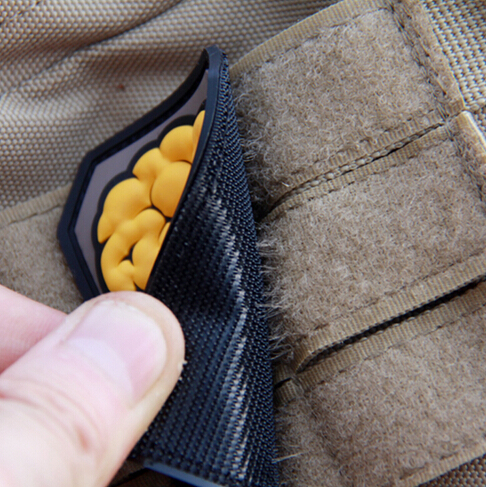Hugh,
My experience with the hook-and-loop closure system is, that it works fine while it is new and clean, but deteriorates quickly. Lint is one of the biggest enemies, along with cheat grass and other vegetable contamination.
We have velcro on a camera case closure, and one time it came in handy when a moose was headed toward us with its hackles up. Zip, and the moose made a 90-degree turn to the left and trotted away.
But in situations where the noise could draw fire, a snap is usually less loud. Better yet, unsnap your retainer early on, before the sound is so likely to telegraph your intentions. Practicing damping the sound of snaps by applying finger pressure to the metal, and making a slow, controlled release of the popping parts. (Same applies to the safety controls on weapons. For example, the “AK clack” can be overcome by lifting the lever away from the receiver while moving it; and the clicking of the hammer when cocking external-hammer long guns can be eliminated by holding the trigger back while cocking the hammer. Same goes for the old knob-cocking single-shot .22–pull trigger, cock knob, release trigger.
Years ago, my father got a Leatherman Supertool that came with a nylon belt pouch. The closure was velcro, and failed in a short period of time. So, we put a snap in it, and the pouch is still working–at an age of about 17 years. The velcro is still there, but is completely non-functional.
Shoes are another item that many of us have had experience with. Velcro straps instead of laces. I my experience, they collect lint, hair, vegetation, and get to looking ratty well before the rest of the shoe wears out.
So, each to his own. I like snaps, side-release buckles, leather straps with buckles, buttons, and button studs. Zippers are nice to avoid, and velcro is a problem to be fixed. – C.
o o o
SurvivalBlog reader J.R wrote in with the link to this method of solving the Velcro noise issue.










